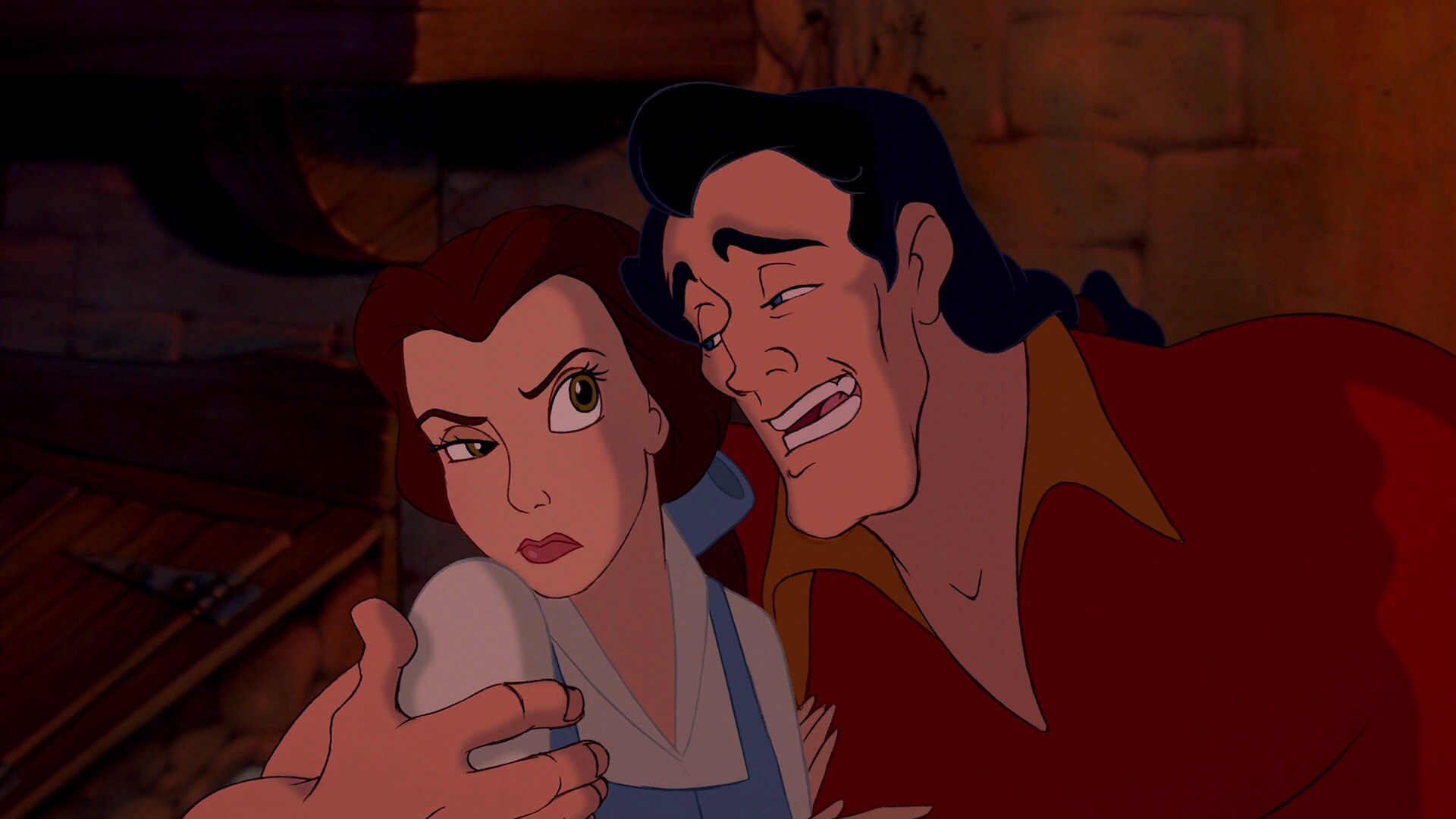Lenten Campaign 2025
This content is free of charge, as are all our articles.
Support us with a donation that is tax-deductible and enable us to continue to reach millions of readers.
We all have a favorite Disney princess. Mine has always been Belle.
But I had never really sat down to think about why. With all of the hullabaloo surrounding the premiere of the live-action version with Emma Watson, I decided it was time to think about it, and I discovered the reason: She embodies many values that I identify with, as a woman and as a Catholic.
1. She’s a light in the darkness
Belle arrived at the Beast’s castle to do more than break a spell. Even though he didn’t treat her well at first, and despite the circumstances of her imprisonment, she was always kind to everyone, and later on, didn’t hesitate to stay with the Beast and heal him when she saw he’d been attacked by wolves.
How Disney World taught me to slow down & be present
Before she arrived, the castle was a dark and sad place. After, it became a happy abode of dancing, reading, and even singing. She restored everyone’s faith and hope. She even motivated the Beast to take care of his appearance, to improve his table manners, and more: to dust off and redecorate the castle’s library, turning it into a better place for everyone to live in.
2. The importance of family
Belle didn’t only support her father, Maurice, in his invention work; she was capable of sacrificing her own freedom for his. And later on, when she saw through the mirror that her father needed her, even though she already had feelings for the Beast, she left the castle to search for Maurice in the forest and did everything necessary to nurse him back to health.

3. A sense of justice
Belle is a curious woman who always tries to investigate things and to see both sides of the coin of any situation before making value judgments. Her search for what is true and just reaches its climax when she sees that the inhabitants of her town want to lynch the Beast because of Gaston’s intrigues; she does everything possible to escape the cellar where she had been locked up, and immediately mounts a horse to defend the Beast, without thinking twice or holding a grudge for what he had done in the past to her and her father.
4. Perceiving interior beauty
This is Belle’s most evident value, but it is no less important because of its obviousness. The first five minutes of the movie are a pretty big clue that inner beauty is a theme in this tale: The audience is tipped off to it, because the prince—who was very egotistic, rude and spoiled—is turned into the Beast precisely because he rejects an elderly woman (who was actually a witch) due to her appearance; the old witch had offered him a rose in exchange for lodging on a cold night, and warned him not to let himself be fooled by appearances. But he doesn’t heed her caution.
In defense of the princess: a modern woman’s must-have manual
Belle, on the other hand, always lets her heart guide her, and sees past the obvious. She can see past Gaston’s good looks when many of the townspeople can’t, and she falls in love with the Beast because of the way he is, not the way he looks—something that the vain Gaston never manages to understand or accept, which eventually leads to his tragic end.

5. The power of love
The only way to break the Beast’s curse was for him fall in love with someone who would, in turn, love him back. It’s a story that speaks of redemption and reconciliation (above all, with yourself, when you’ve done something wrong). The Beast only becomes human when he learns to love, and that is the dynamic that moves the whole story towards the happiness of all its characters.
In general, I think that all Disney movies have positive values (such as, “good always triumphs”), and aspects that are much deeper than mere infantile stories.
Some see Disney princesses as bad examples of women who look for salvation in a prince, but if we dig a little deeper, we can find rich surprises as beautiful as Belle.

